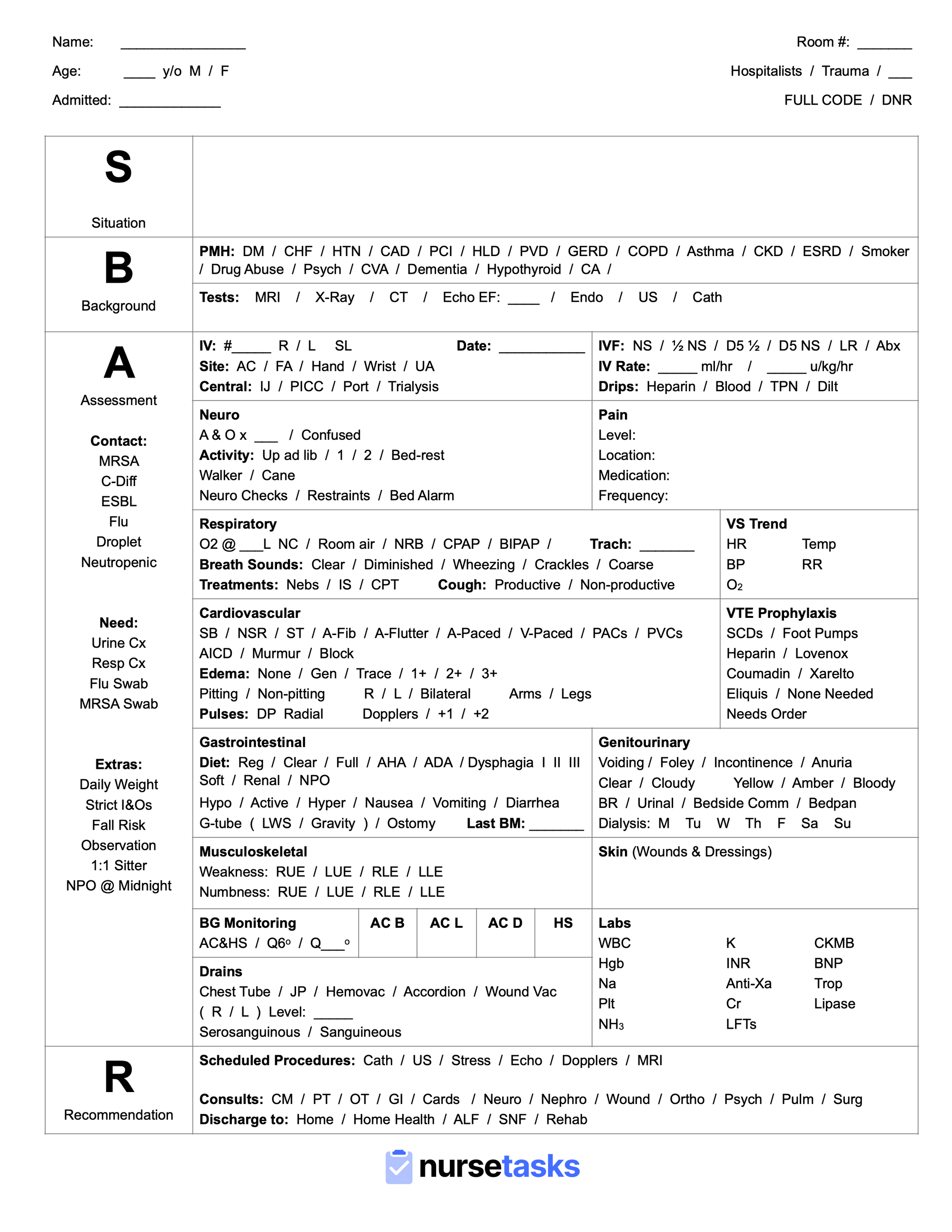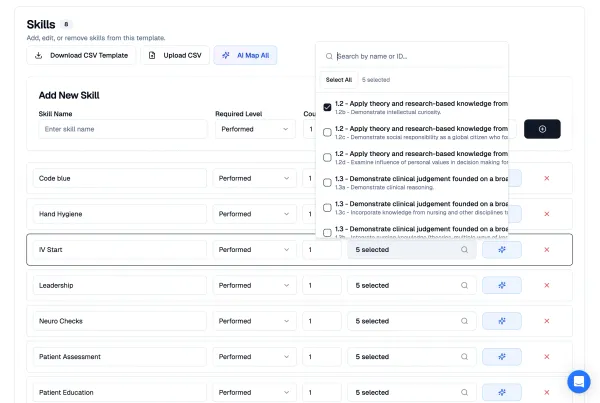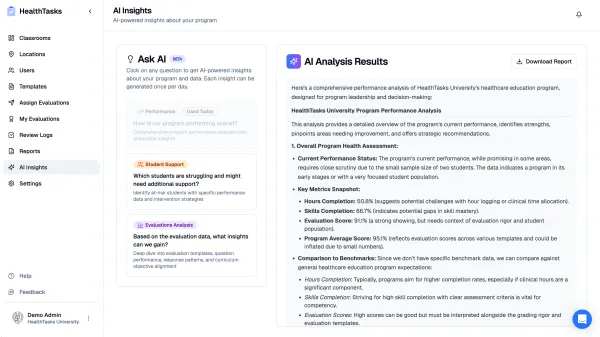How to Give Nursing Report using SBAR Communication

Effective communication is critical in healthcare, especially when it comes to sharing important patient information between healthcare providers. One commonly used communication technique in nursing is the SBAR method. In this article, we will discuss the importance of SBAR communication for nurses and provide tips for implementing this method effectively.
What is SBAR Communication?
SBAR stands for Situation, Background, Assessment, and Recommendation. This method is used to organize and communicate important patient information in a structured and concise manner. The SBAR method is commonly used in nursing to communicate critical information between nurses, physicians, and other healthcare providers.
Importance of SBAR Communication:
- Improves Patient Safety: SBAR communication helps to ensure that all healthcare providers have access to the same information about a patient. This can help to prevent errors and ensure that patients receive the best possible care.
- Standardizes Communication: The SBAR method provides a standardized way of communicating patient information, which can reduce the risk of misunderstandings and misinterpretations.
- Saves Time: SBAR communication is designed to be concise and to the point, which can save time and reduce the amount of time healthcare providers spend searching for information.
Tips for Implementing SBAR Communication:
- Use Clear and Concise Language: When using the SBAR method, it’s important to use clear and concise language. Avoid using medical jargon or abbreviations that may be unfamiliar to other healthcare providers.
- Provide Relevant Information: When communicating patient information using the SBAR method, provide only the information that is relevant to the situation. This can help to avoid overwhelming the receiver with unnecessary details.
- Practice Active Listening: When receiving information using the SBAR method, it’s important to practice active listening. Repeat back important information to confirm that you have understood it correctly.
- Use the Right Tone: Use a professional and respectful tone when using the SBAR method. Avoid using an accusatory or confrontational tone that may lead to misunderstandings or miscommunications.
- Document SBAR Communications: Document all SBAR communications in the patient’s medical record. This can help to ensure that all healthcare providers have access to the same information about the patient.
Free Nursing Report Sheets







